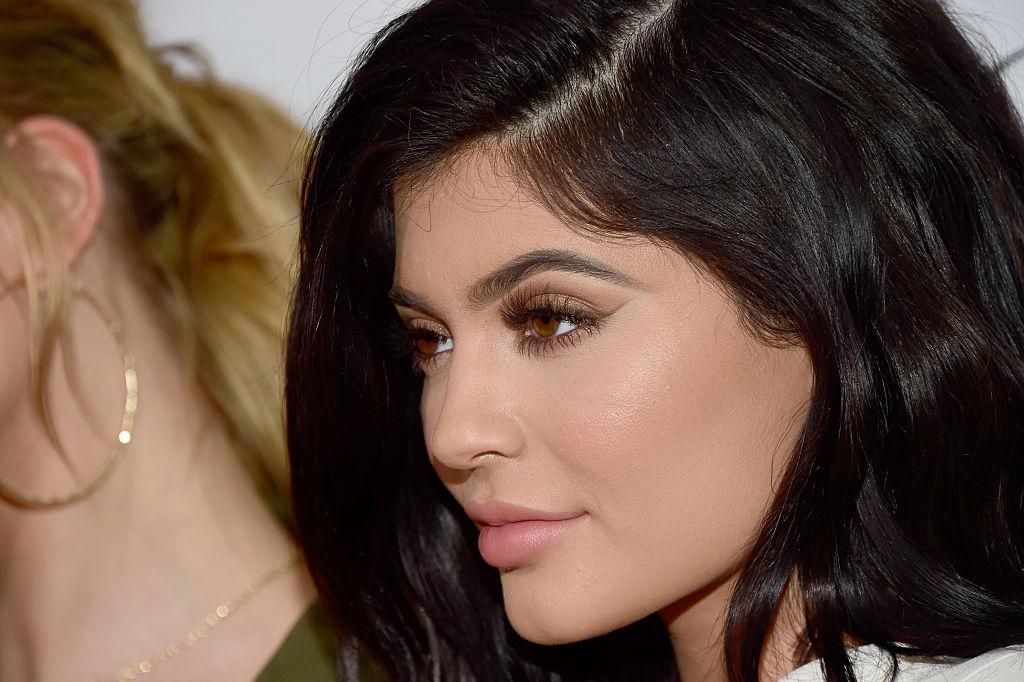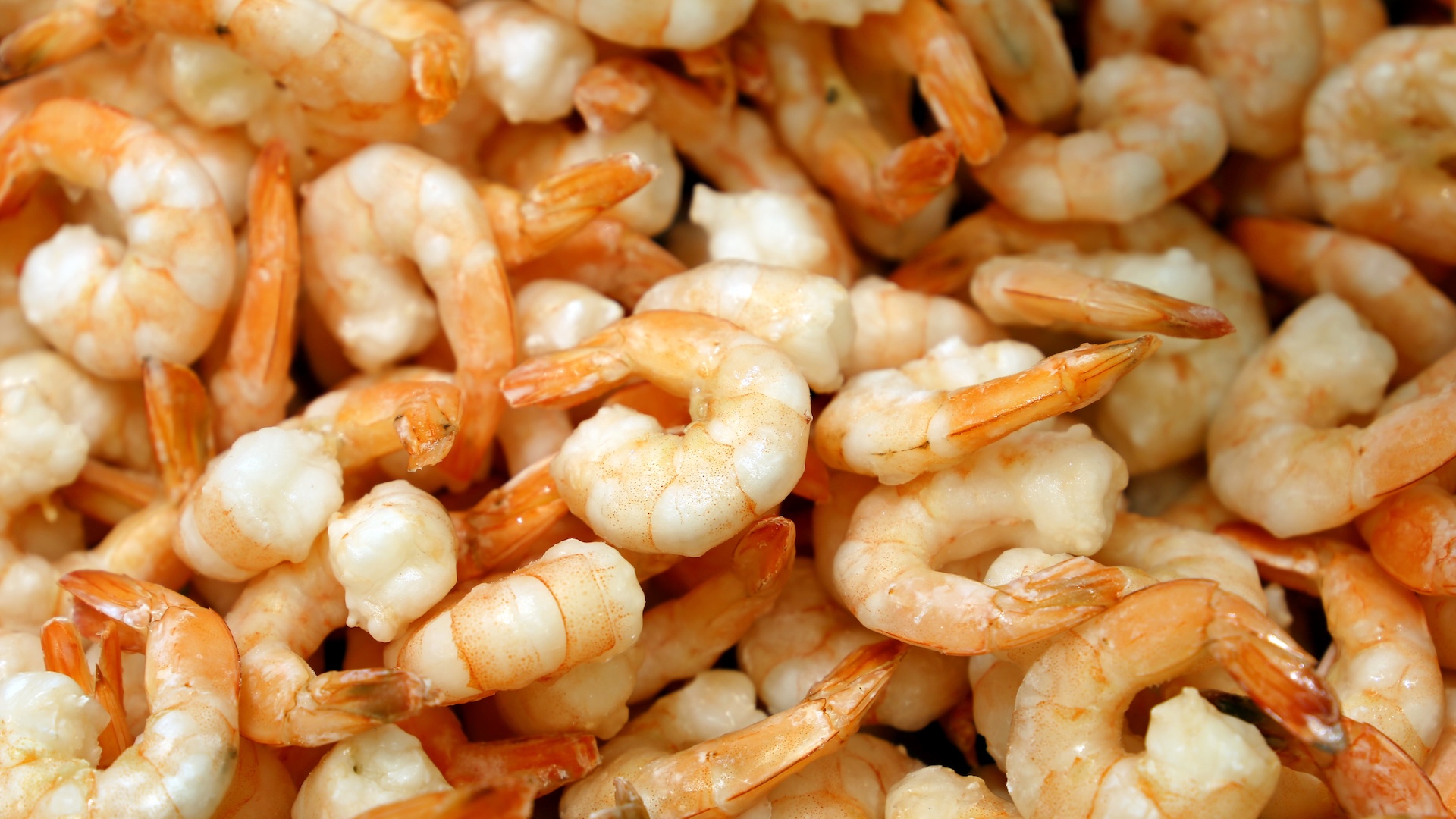The Science of Beauty: What's Really Driving the Fuller Lip Trend?

A quick scroll through Instagram may leave you with the impression that full lips are in style at this very moment, but a new scientific analysis of fashion models says that the trend is surprisingly absent.
One explanation for the results may be that the fashion industry is no longer driving beauty trends — instead, it’s possible that celebrities may be the new driving factor instead, according to the study.
Recently, women seeking cosmestic procedures have shown a preference for fuller lips, according to the study, which was published today (Jan. 12) as a research letter in the journal JAMA Facial Plastic Surgery.
The researchers, led by Dr. Prem Tripathi, a resident in otolaryngology, head and neck surgery at the University of California, Irvine, attribute the rise in this preference in part to changes in the demographics of both consumers and of models and celebrities, as well as to the low cost and safety of injectable lip fillers. [7 Plastic Surgery Myths Revealed]
However, the fashion industry has often played a role in what women seek from cosmetic procedures, the authors wrote in the study. Because tastemakers mold opinions through the media, and in particular, through print media, the researchers decided to look for evidence of trends in lip size in the pages of Vogue magazine, according to the study.
In the study, researchers analyzed the lips of fashion models who appeared in Vogue magazine between 1960 and 2011. They included images in which the model's face had the following characteristics: It spanned at least one-third the height of the page, the model's lips were "at rest" — in other words, the model wasn't smiling or pouting, for example — and the lip shape wasn't altered with makeup. There were a total of 353 images in the study.
By digitally scanning the images, the researchers were able measure the size of the models' upper and lower lips, as well as compare the size of the upper lip to the lower lip.
Get the world’s most fascinating discoveries delivered straight to your inbox.
They found that, from 1960 to 2011, neither the upper nor the lower lip increased in size over time, and the ratio of upper-lip size to lower-lip size also didn't change. The average upper-lip to lower-lip ratio was 0.68, which corresponds to a 47 percent larger lower lip compared to the upper lip, the researchers added.
The researchers noted that their findings were not what they expected. "If the frequently cited trend toward fuller lips truly exists, why is this not quantitatively seen in Vogue?" they wrote. Indeed, "a cursory glance through [the magazine] leaves the reader with a variety of shiny, lip-center images of fashion models," they wrote.
Factors such as sampling error, magazine choice and magazine editor preference may play a role in the study’s findings, the researchers said. But it’s also possible, however, that the fashion industry may not be the driving factor in this trend in women's preferences, they said.
Though the fashion industry has been an authoritative source on trends in the past, it’s possible that celebrities now play a bigger role in influencing cosmetic trends, the researchers wrote.
Rather than drawing inspiration from the fashion industry, "celebrity images in mass media highlighting the overfilled lip may now serve as the very platform from which patients cultivate their cosmetic ambitions," the researchers wrote.
Originally published on Live Science.


